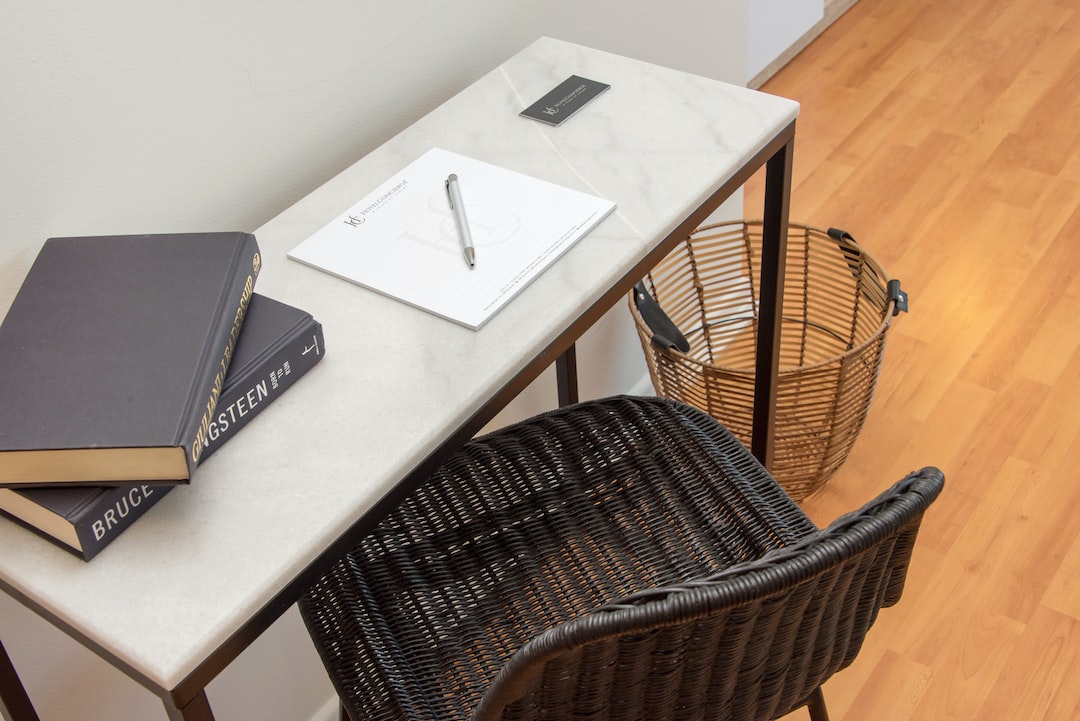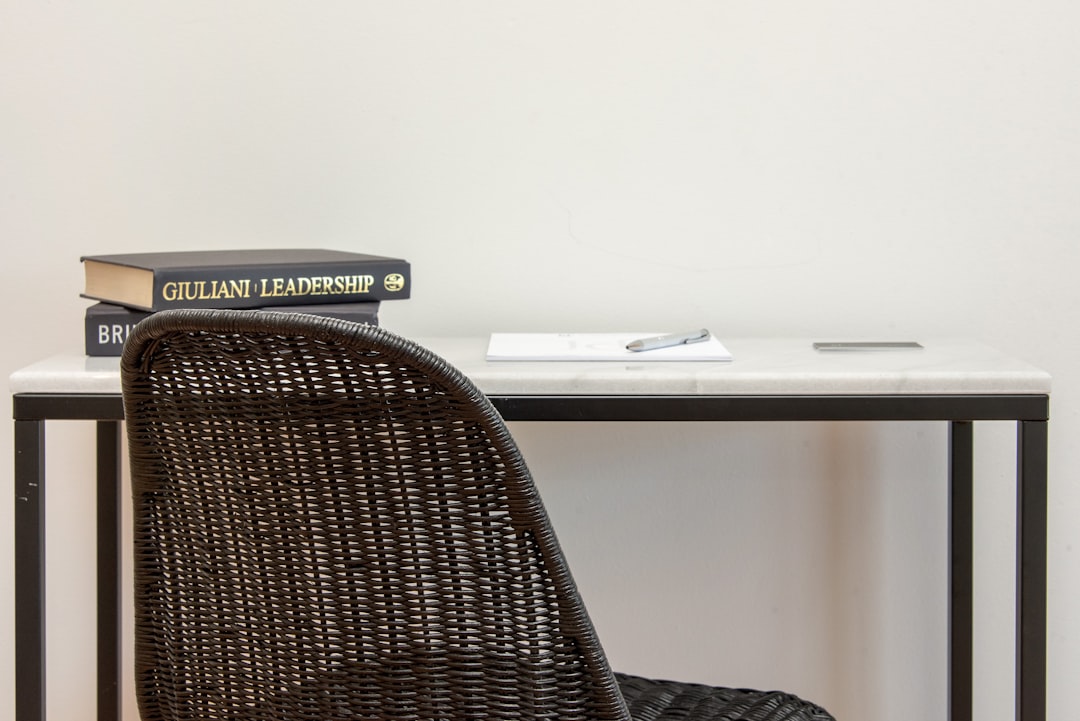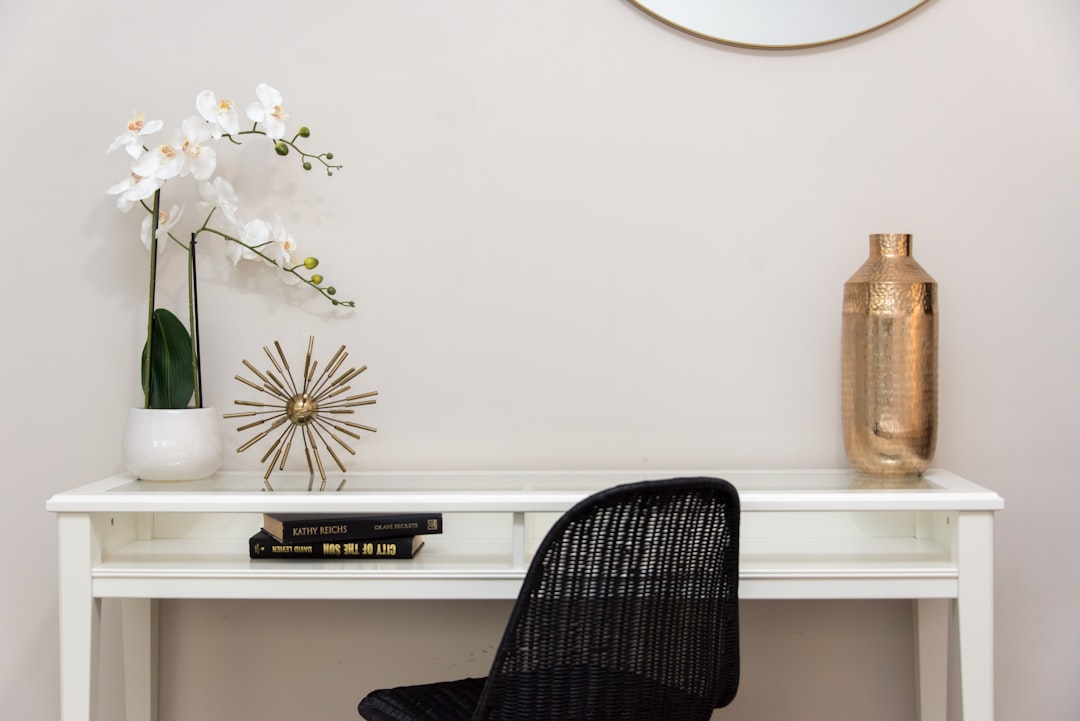As we journey through life, one thing that we all share in common is the finite amount of time we have. We are all given the same 24 hours in a day, yet some people are able to achieve remarkable things while others struggle to make progress towards their goals.
The difference between the most successful individuals and the rest of us lies in one key factor: productivity. Productivity is the ability to accomplish more in less time while maintaining the quality of work. In other words, productivity is about working smarter, not harder.
Being productive means making the best use of your time and achieving your objectives with focus, purpose, and intention. Productivity unlocks opportunities, helps you achieve your goals, and ultimately leads to a more fulfilling and rewarding life.
The importance of productivity cannot be overstated, and there are many compelling reasons to become more productive. A more productive person experiences less stress in their daily lives, is able to achieve higher-quality work, and has more time to pursue personal interests and hobbies.
By becoming more productive, you can increase your income, boost your career prospects, and even improve your health and wellbeing. At its core, productivity is the key to unlocking your full potential and living your best life.
In the following sections, we will explore proven strategies for boosting productivity and achieving your goals. By implementing these techniques into your daily routine, you may be surprised at how much you can accomplish and how fulfilling your life can become.
Plan Your Day: How to Set Goals and Prioritize Tasks
As the famous saying goes, failing to plan is planning to fail. This is especially true when it comes to productivity. Setting goals and prioritizing tasks can make or break your productivity, and ultimately determine your success. Without a plan, it’s easy to waste time on non-essential tasks or get overwhelmed with too many responsibilities.
To start planning your day, begin by identifying your most important goals or tasks. These are things that are crucial to your success, or necessary for completing a project or reaching a milestone. Once you have identified them, prioritize them based on urgency, complexity, or impact on your overall goals.
Next, break down each task into smaller, actionable steps. This will help you visualize the process and make it more manageable. Assign a realistic deadline to each step to ensure that you stay on track.
It’s also important to consider your own strengths and limitations when planning your day. Schedule your most important tasks during your most productive hours or when you feel the most energized. This will help you work more efficiently and productively.
Keep in mind that planning is not a one-time event. It’s an ongoing process that requires regular review and adaptation. Review your progress at the end of each day, and adjust your plan as necessary.
By planning your day, you’ll be able to stay focused on your most important tasks and work towards your goals in a more efficient and effective way. Don’t let a lack of planning hold you back from achieving your full potential. Take charge of your productivity today and start planning for success!
This is especially true when it comes to productivity.
Minimize Distractions: Techniques for Staying Focused and Avoiding Interruptions
Are you constantly getting sidetracked during work? Does your phone constantly buzz with notifications that not only distract you but also drain your productivity? You are not alone! Distractions can be found everywhere, and it can be challenging to stay focused and keep the momentum going. Fortunately, there are techniques you can use to minimize distractions and boost your productivity.
One of the most effective methods to overcome distractions is to identify them and remove them. For example, if your phone is distracting you, turn it off or put it in a different room. If social media is eating away at your time, use a website blocker to prevent you from accessing those sites during work hours. By eliminating some of the common distractions, you can move towards achieving optimal productivity.
Another way to minimize distractions is to work in a quiet, isolated environment. A separate room, a quiet library or even noise-canceling headphones can help you tune out your surroundings and fully focus on your tasks at hand. If you’re working in a shared environment, consider setting some boundaries. Let your peers know when you need to be left alone, place a do not disturb sign on your door or workspace, and politely but strictly reinforce your boundaries.
Procrastination can also be a significant distraction. Plan on breaking down tasks into smaller, bite-size pieces to make it easier to focus and avoid the urge to multitask. Scheduling limited blocks of work time can also help you avoid any tendency to procrastinate.
Finally, practicing mindfulness – a mental state achieved when focusing on the present moment – can help you improve your focus and concentration, and reduce mental clutter. Meditation, deep breathing exercises, and progressive muscle relaxation are some popular techniques you can try.
Overall, minimizing distractions is vital in enhancing productivity. By removing barriers, setting boundaries, organizing your environment, and avoiding multitasking or procrastination, you’ll be well on your way to a more productive and fulfilling workday. Let’s get started!
By removing barriers, setting boundaries, organizing your environment, and avoiding multitasking or procrastination, you’ll be well on your way to a more productive and fulfilling workday.
Find Your Flow: How to Enter into a State of Concentration and Creative Productivity
Are you tired of feeling unmotivated and unproductive? Do you struggle to concentrate on your work and often find your mind wandering? It’s time to find your flow.
Flow is a state of mind where you are fully immersed in your work and everything else fades away. You are focused, productive, and energized. This state of concentration is where growth and creativity happen.
But how do you find your flow? Here are some strategies to get you started:
1. Set the Right Environment
Creating a distraction-free environment is key to entering into a state of flow. Find a quiet and clutter-free space that cultivates mindfulness and focus. Clear your mind and your workspace before you begin working.
2. Set Your Goals
Before starting any task or project, set clear and attainable goals for yourself. This helps you stay focused and motivated, and gives you a clear sense of direction for your work.
3. Turn Off Notifications
Distractions are the enemy of productivity. Turn off all notifications across all your devices. Start with fifteen minute chunks of uninterrupted work, gradually increasing the length of time until you can sustain longer stretches of concentration.
4. Resistance Training
Resistance training is a powerful tool for conditioning your mind to stay focused. Start by working on tasks that you consider difficult, but not necessarily impossible. This allows you to build up your concentration muscle.
5. Track Your Progress
Tracking your progress is crucial for maintaining motivation. Use an app or a notebook to track milestones, accomplishments, and difficult tasks that you have completed. It can also help to write down what went well and what didn’t in each work session.
Find your flow and unlock your full potential. The more you enter into a state of flow, the stronger your concentration and creativity will be. Practice these strategies consistently and watch your productivity soar to new heights.
The Importance of Mental and Physical Breaks in Maintaining Focus
As motivated and dedicated as you may be to achieving your goals and increasing productivity, it is essential to acknowledge the benefits of taking breaks throughout your workday. Mental and physical rest is critical for your brain and body to reset, recharge, and maintain focus, leading to higher levels of productivity in the long run.
Research has shown that pushing through long periods of work without breaks can lead to mental fatigue, lapses in concentration, and reduced productivity in subsequent tasks. In contrast, taking short breaks throughout the day can boost focus, creativity, and decision-making skills while decreasing stress levels.
Mental breaks should take you away from work – close your eyes, listen to music, or stretch at your desk for a few minutes. Such relaxation has the effect of improving your concentration, energy, and mood even after just a few minutes.
Physical breaks give your muscles a break, leading to fewer strains, pain, and physical fatigue. Stand up or walk around for a few minutes between tasks, take a walk around the office, or even do some light stretches to help reduce pain caused by prolonged sitting.
The effects of mental and physical breaks on productivity improvement depend on the individual’s nature to remain focused for long periods. While some individuals prefer to work through long periods without breaks and are satisfied with productivity, it is necessary to identify whether the body and mind require a break.
With quality breaks, you can improve your overall health, creativity, motivation, and productivity level. The trick is to set regular breaks throughout the day and take active care of your mental and physical health because productivity relates to the overall state of your being. The more rested and fresh you feel, the higher your chances of crushing objectives and delivering high-quality work regularly.
Conclusion
Taking breaks infuses us with the energy, improved concentration, and creativity necessary to overcome any obstacle in our productivity goals. In creating a highly productive work environment, mental and physical breaks play a significant role in influencing productivity, clear-mindedness, and overall quality of life awareness. Don’t forget to schedule in some regular breaks and time off for optimal productivity benefits.
Research has shown that pushing through long periods of work without breaks can lead to mental fatigue, lapses in concentration, and reduced productivity in subsequent tasks.
Harness Technology: The Key to Productivity Success
Are you ready to take your productivity to the next level? Look no further than the power of technology. With a wide range of productivity tools and apps available, utilizing these resources can help you streamline your work and maximize your output.
Some of the best productivity tools come in the form of task management apps, such as Trello, Asana, and Todoist. These apps allow you to create a to-do list and prioritize tasks, helping you stay organized and on track. By breaking down larger tasks into smaller, manageable chunks, you can tackle your workload with a renewed sense of focus and productivity.
In addition to task management tools, there are also apps that can help you eliminate distractions and boost your concentration. Examples include Focus@Will, which provides curated music to promote focus and concentration, and RescueTime, which tracks how you spend your time on your computer and offers personalized feedback and recommendations for improvement.
But the benefits of technology don’t stop there. There are also apps that can help you automate mundane tasks, such as email management tools like Boomerang or ScheduleOnce. By automating these tasks, you’ll free up valuable time and mental energy to focus on more important tasks.
And let’s not forget about the power of collaboration tools like Slack, Zoom, and Google Drive. These tools enable seamless communication and collaboration, making it easier to work remotely and with teams of all sizes.
In short, the possibilities are endless when it comes to productivity tools and apps. By leveraging the power of technology, you can optimize your productivity, stay focused, and achieve your goals with greater efficiency and ease.
So don’t hesitate – start exploring the world of productivity tools today and take your productivity to the next level!
Some of the best productivity tools come in the form of task management apps, such as Trello, Asana, and Todoist.
The benefits of a more focused, productive life
By following the above strategies and making productivity a top priority, you’ll not only get more done in less time, but also experience a slew of other benefits that extend beyond just the workplace.
Firstly, being productive allows you to make time for the things that truly matter, such as spending time with loved ones, pursuing hobbies, or cultivating interests. Productivity doesn’t mean sacrificing work-life balance but rather prioritizing what is important and using your time efficiently to achieve your goals.
Increased productivity also leads to greater success and achievement. Whether it’s getting a promotion at work or achieving personal goals, those who are productive and efficient in their work are more likely to see positive outcomes and progress towards their desired outcomes.
Furthermore, improving your productivity can also lead to increased self-confidence and motivation. When we see ourselves making steady progress towards our goals, whether personal or professional, we feel empowered and more capable of tackling challenges and taking on new challenges.
Building habits and strategies around increasing productivity can also improve overall mental and physical health. By taking breaks and allowing yourself time to rest, you reduce stress levels and allow the mind and body to recharge for increased energy and focus.
In summary, prioritizing productivity in all areas of life is an essential ingredient to not only success but also fulfillment and overall well-being. With focus, determination, and a bit of planning and strategy, anyone can achieve their highest levels of productivity and reap the benefits that come with it.





